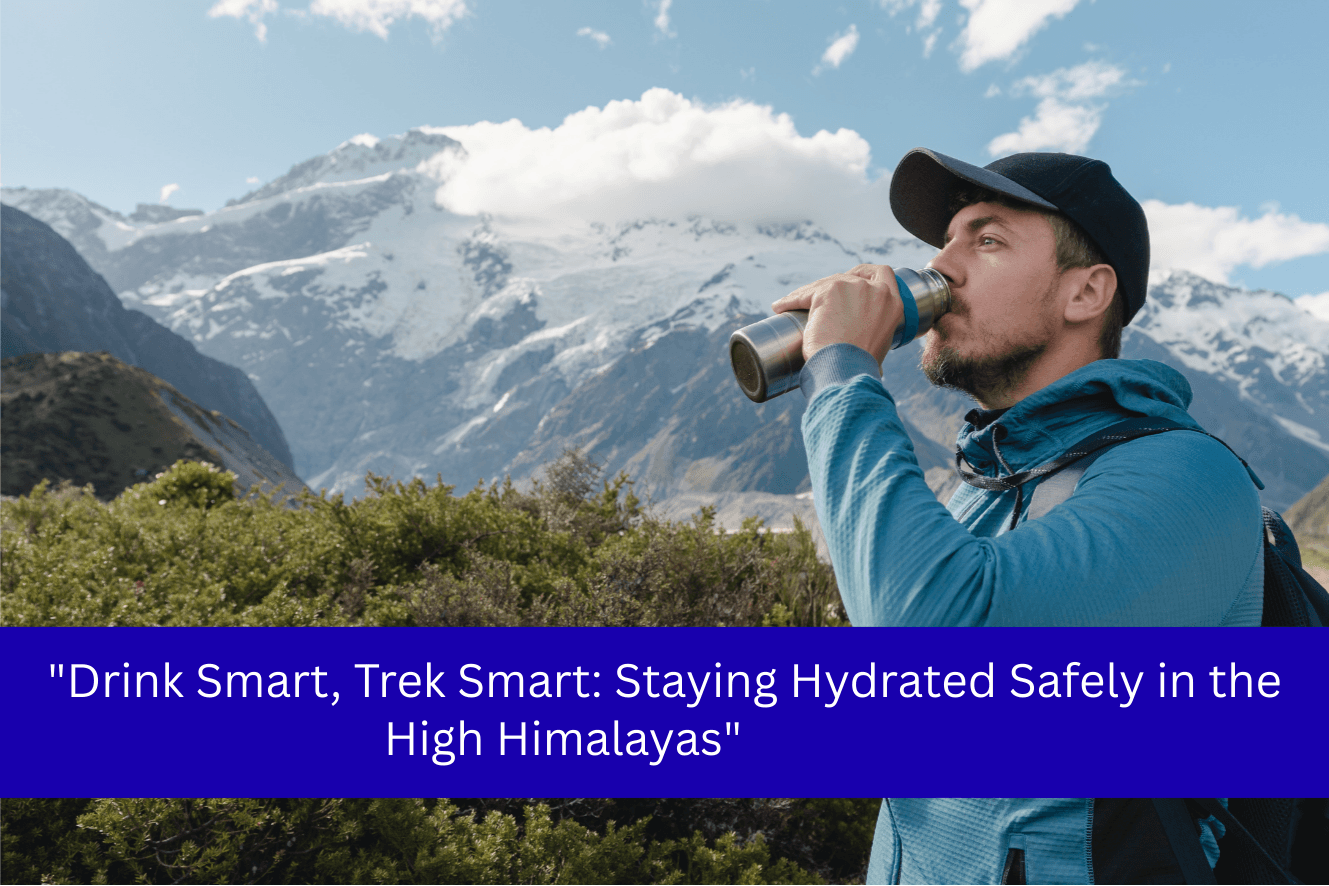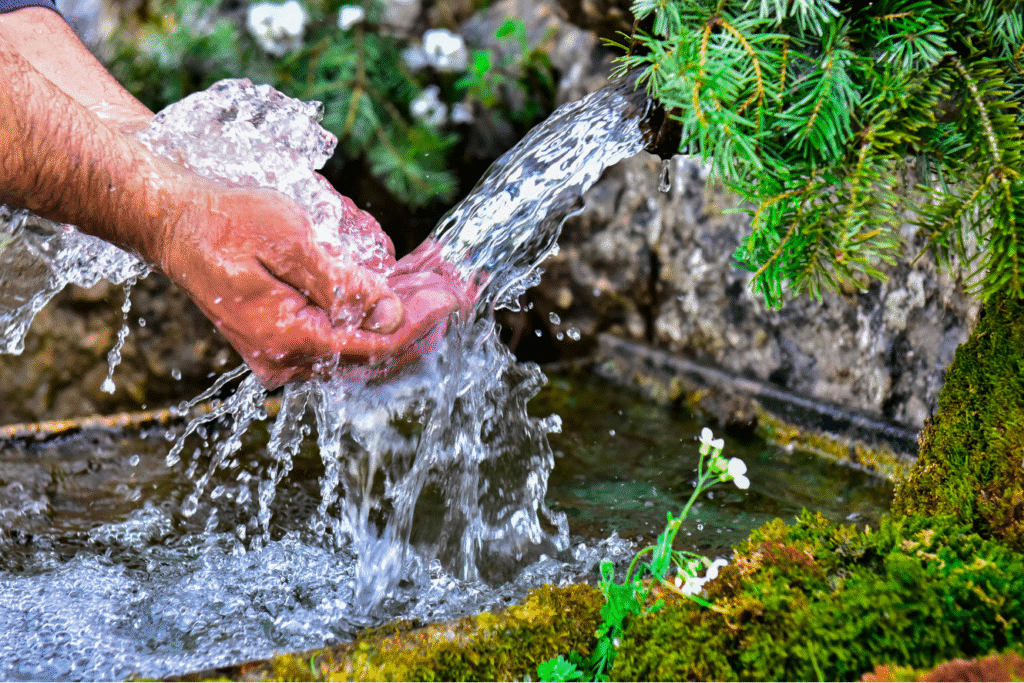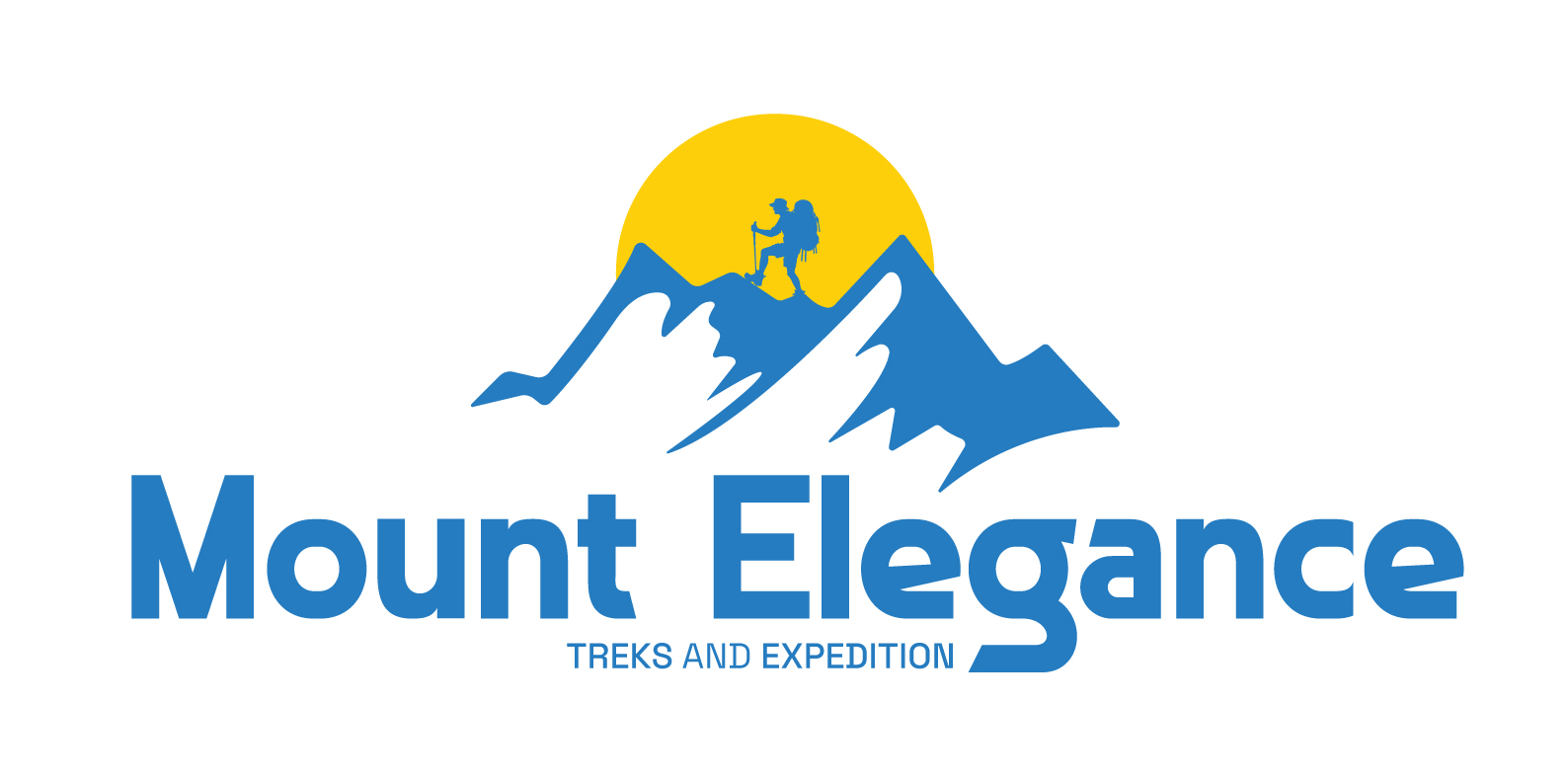“Drink Smart, Trek Smart: Staying Hydrated Safely in the High Himalayas”

Imagine standing at the edge of a crystal-clear Himalayan stream, the snow-capped peaks towering above you like ancient guardians. The air is crisp, your heart pounds with the thrill of adventure, but as you reach for that refreshing sip, a quiet voice reminds you: water here isn’t just life—it’s a test of wisdom. For trekkers in Nepal, staying hydrated safely is more than a routine; it’s the key to unlocking the magic of these mountains without the shadow of illness. At Mount Elegance Treks, we’ve guided countless souls through these trails, and we’ve seen how simple choices like “Drink Smart, Trek Smart” can turn a challenging journey into an unforgettable triumph. Let’s dive into how you can stay safe, energized, and eco-conscious while conquering the High Himalayas.
Table of Contents
- Why Hydration Matters in the Himalayas
- Common Water Sources and Their Hidden Dangers
- Drink Smart, Trek Smart: Safe Drinking Habits for Trekkers
- Eco-Friendly Hydration Practices
- Tips for Staying Hydrated on the Trail
- Unique Activities to Pair with Smart Hydration
- Conclusion: Trek with Confidence
Why Hydration Matters in the Himalayas
As you ascend into the thin air of Nepal’s majestic peaks, your body works overtime. The higher you go, the faster you lose moisture through breathing and sweat—sometimes up to 3-4 liters a day. “Drink Smart, Trek Smart: Staying Hydrated Safely in the High Himalayas” isn’t just a catchy phrase; it’s a reminder that dehydration can sneak up like a silent storm, leading to fatigue, headaches, and even acute mountain sickness (AMS).
I’ve trekked alongside adventurers who ignored this, only to find their dream hike cut short. But with the right knowledge, you can thrive, feeling the rush of accomplishment at every pass.
The Risks of Dehydration at High Altitudes
At elevations above 2,500 meters—like those on our popular Everest Base Camp Trek—your body demands more fluids to combat the dry air and increased respiration. Symptoms of dehydration mimic AMS: dizziness, rapid heartbeat, and confusion.
According to the Nepal Tourism Board, proper hydration reduces AMS risk by up to 30%. It’s not just about survival; it’s about savoring the sunrise over Annapurna without a pounding head.

Common Water Sources and Their Hidden Dangers
Nepal’s trails are dotted with tempting streams, taps in remote villages, and even glacial melts that look pristine. But looks can deceive. Untreated water often harbors bacteria like E. coli or parasites from Giardia, turning a sip into days of discomfort. During my first trek in the Langtang Valley, I learned this the hard way—thankfully, a quick switch to safe methods saved the trip. Always treat water as a potential foe until proven safe.
Identifying Unsafe Water in Nepal
Streams fed by animal pastures or village runoff are common culprits. Even tap water in tea houses isn’t always boiled long enough. For credible insights, check the World Health Organization’s guidelines on water safety, which emphasize testing and treatment in high-risk areas like the Himalayas.
Drink Smart, Trek Smart: Safe Drinking Habits for Trekkers
Embracing “Drink Smart, Trek Smart” means arming yourself with reliable methods to purify water. Whether you’re on a solo adventure or joining one of our guided Annapurna Circuit Treks, these habits ensure you stay healthy and focused on the views, not your stomach.
Boiled Water from Tea Houses
Tea houses along Nepal’s trails are lifesavers, offering hot boiled water for a small fee. Boiling for at least one minute kills most pathogens—perfect for refilling your bottle before hitting the path. It’s affordable, local, and pairs wonderfully with a steaming cup of masala tea after a long day.
Purification Tablets and Drops
For on-the-go purification, iodine or chlorine tablets are lightweight heroes. Drop one in, wait 30 minutes, and voila—safe water. They’re ideal for remote sections of the Manaslu Circuit Trek, where tea houses are sparse. Just remember to neutralize the taste with vitamin C tablets for a fresher sip.
Portable Water Filters
Invest in a portable filter like the LifeStraw or Sawyer Mini—they remove bacteria and protozoa with ease. Pump water from a stream, and it’s ready to drink. These are game-changers for multi-day hikes, ensuring you “Drink Smart, Trek Smart” without carrying heavy loads.
UV Sterilizers
For tech-savvy trekkers, UV pens like SteriPEN zap microbes in seconds using ultraviolet light. Battery-powered and compact, they’re perfect for high-altitude camps. Pair this with our Upper Mustang Trek packages for a seamless experience.
Eco-Friendly Hydration Practices
The Himalayas aren’t just a playground—they’re a fragile ecosystem. “Drink Smart, Trek Smart” extends to protecting this paradise by ditching single-use plastics. Every bottle avoided keeps trails cleaner for future generations.
Refill Stations and Reducing Plastic Waste
Many villages now have refill stations with treated water, often supported by initiatives from the Nepal Tourism Board’s sustainable tourism efforts. Carry a reusable bottle and fill up—it’s cheaper and greener. On our treks, we encourage this to minimize our footprint.
Supporting Sustainable Tourism
By choosing eco-friendly habits, you contribute to local economies. Buy from tea houses, use community filters, and join tours that prioritize sustainability, like those from Mount Elegance Treks.
Tips for Staying Hydrated on the Trail
Beyond purification, pacing your intake is key. Aim for 3-4 liters daily, sipping frequently rather than gulping. Add electrolytes to combat salt loss, and monitor urine color—pale yellow means you’re on track. Picture this: during a sunrise hike to Poon Hill on our Ghorepani Poon Hill Trek, a well-hydrated group reaches the top buzzing with energy, while others lag. Small habits, big rewards.
Unique Activities to Pair with Smart Hydration
Elevate your trek with activities that complement safe drinking habits. Try high-altitude yoga sessions, where mindful breathing pairs with electrolyte-infused water for ultimate rejuvenation. Or explore side trails for birdwatching, staying hydrated with filtered stream water during pauses. For thrill-seekers, combine paragliding in Pokhara with post-flight herbal teas—safe, invigorating, and aligned with “Drink Smart, Trek Smart.”
Conclusion: Trek with Confidence
In the heart of the Himalayas, water is your ally when handled wisely. By adopting safe drinking habits like boiling, filtering, and going plastic-free, you’ll trek with vitality and respect for nature. “Drink Smart, Trek Smart: Staying Hydrated Safely in the High Himalayas” is more than advice—it’s your passport to epic adventures.
Ready to embark on your own Himalayan journey? At Mount Elegance Treks, we specialize in personalized, safe, and sustainable treks. Contact us today to book your spot or inquire about our expert-guided tours. Let’s make your Nepal dream a reality—hydrate smart, trek even smarter!
